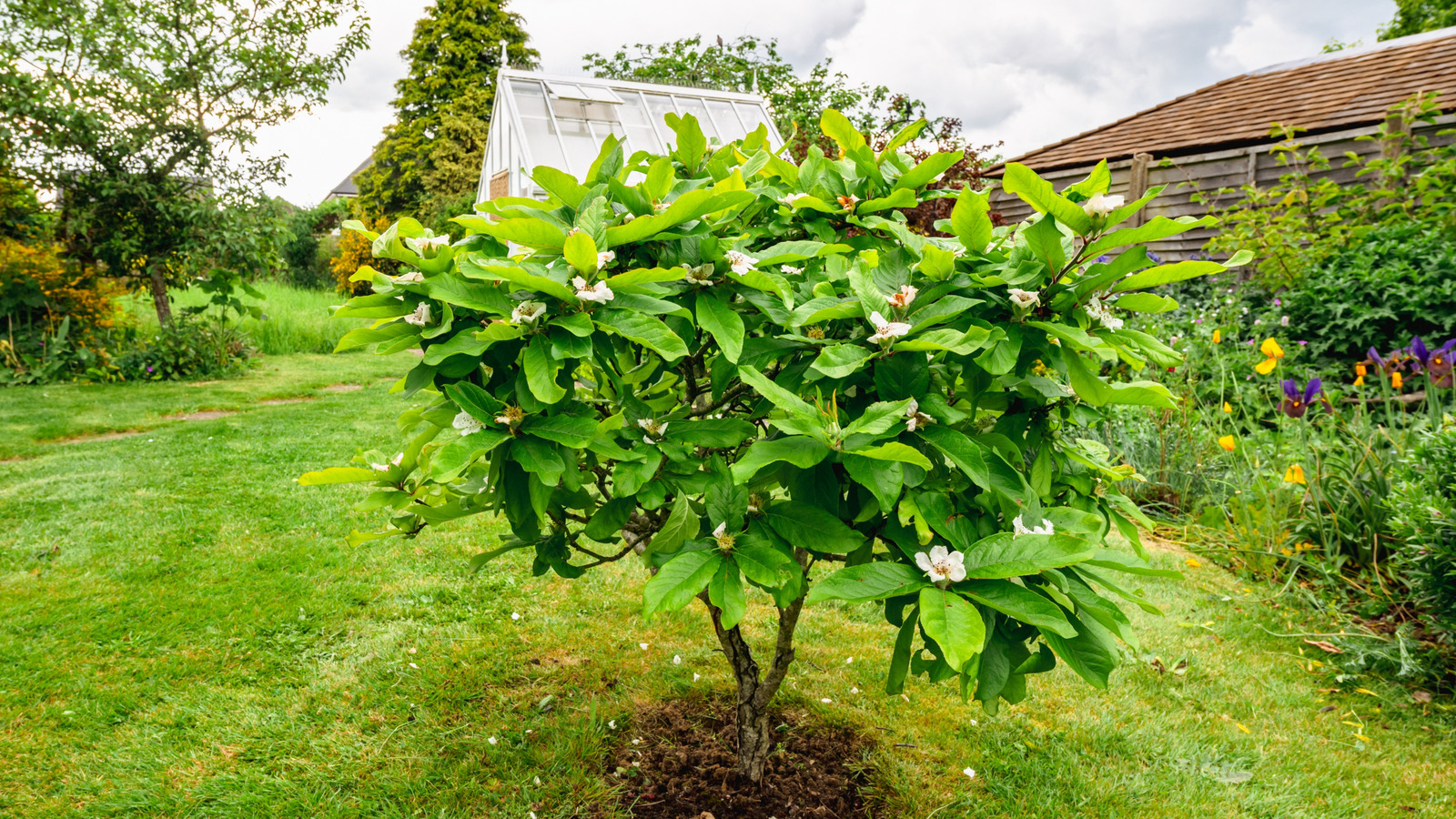
When you think of a dwarf fruit tree, you likely imagine a small plant that won’t exceed around 6 feet in height, making it suitable for growth in a large container. This is true for many dwarf varieties, which are generally easier to manage and harvest. However, if you expect a dwarf mulberry tree (Morus spp.) to be the same, you might be in for a surprise. Despite being categorized as dwarf trees, like the ‘Dwarf Everbearing’ mulberry, which thrives in USDA hardiness zones 4 to 10, these trees can grow to impressive heights of 10 to 15 feet when planted in the ground.
Although it’s possible to grow a dwarf mulberry tree in a container, you’ll need a large pot with a diameter of at least 20 inches. This tree can thrive in a pot for 10 to 15 years, but its aggressive growth and extensive root system mean it will require repotting into larger containers periodically. This is also important to consider if you’re planting a dwarf mulberry tree in the ground. The roots are shallow and aggressive, potentially causing issues if planted near infrastructure like paths, buildings, or underground pipes. Additionally, be aware that some mulberry trees are prohibited in certain areas, though this generally does not apply to dwarf varieties, which are hybrids of the black mulberry.
Other Considerations When Growing Dwarf Mulberry Trees
A dwarf mulberry tree grown in a container can be somewhat contained in height and maintained at around 6 feet with minimal pruning. However, if planted in the ground, annual pruning is necessary, ideally after the tree has shed its leaves and is dormant in winter. When pruning, wearing gloves is advisable as the branches exude a milky sap that can irritate the skin.
Similar to regular mulberry trees, the fruits of the dwarf mulberry can stain surfaces like paths, verandas, and driveways. This is one reason why planting it close to your home is not recommended. Additionally, if the fallen fruits are stepped on, the stains may be tracked indoors, which can be problematic, especially if you have children or pets. Therefore, carefully consider whether to plant this tree in your backyard.
Finally, while a dwarf mulberry tree will yield a substantial amount of edible fruits, they typically ripen all at once, which might result in more fruit than you can consume. Although this can be challenging, the fruits freeze well and can be used later in cooking or smoothies, or you can make mulberry jam with the fresh harvest.






